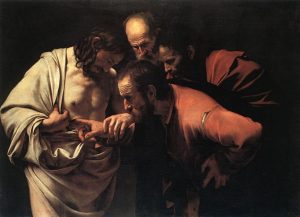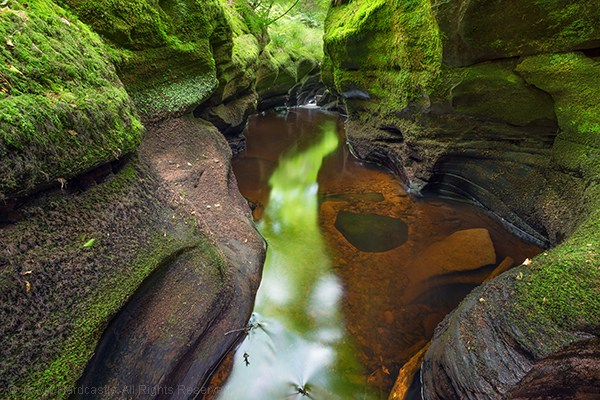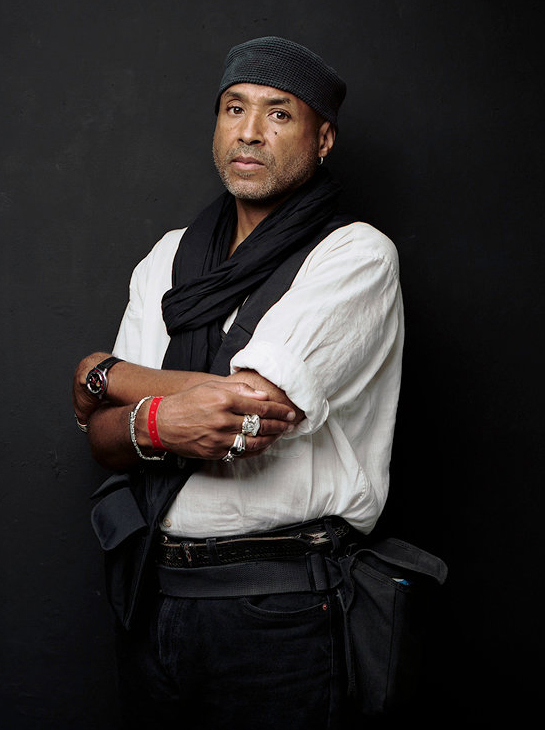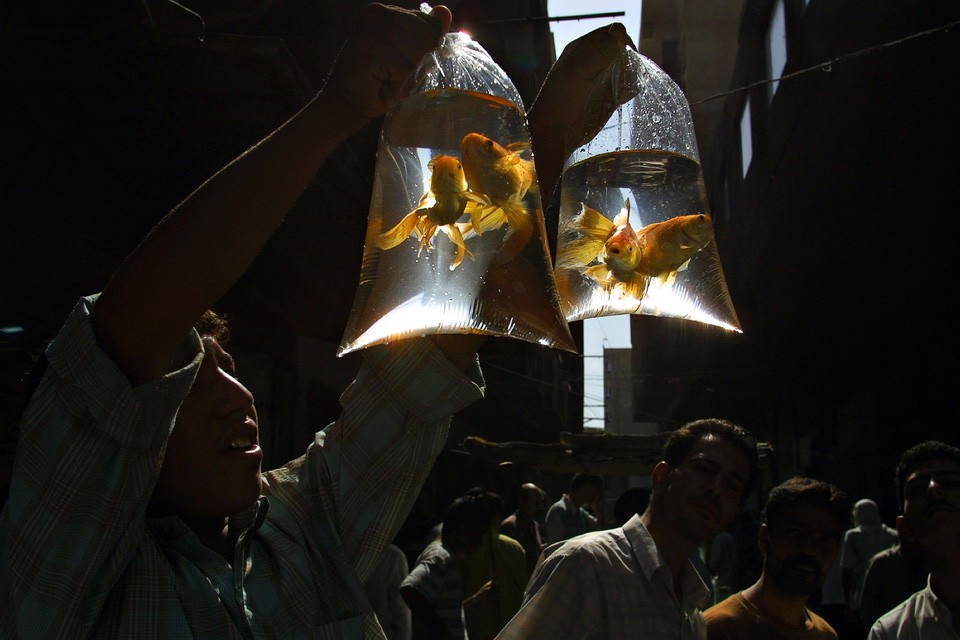WHAT PHOTOGRAPHE CAN LEARN FAMOUS PAINTINGS?
 Painting and photography may seem like two completely different worlds, but for many they are connected and complementary. Artists often use photographs as an aid in creating unique works of art, and a number of photographers, in turn, study pictures to improve some aspects of their work. Photographer Michael Gabriel shares observations on the relationship between painting and photography …
Painting and photography may seem like two completely different worlds, but for many they are connected and complementary. Artists often use photographs as an aid in creating unique works of art, and a number of photographers, in turn, study pictures to improve some aspects of their work. Photographer Michael Gabriel shares observations on the relationship between painting and photography …
Pictures and photography
Before the birth of a photograph, more than 100 years ago, paintings were the focus of attention. When in 1839 the public gradually became aware of the invention of Louis-Jacques-Mande Daguerre, the photo produced a real stir. People were divided and could not decide whether the new discovery was a work of art or not.
However, it soon became clear that the paintings and photographs complement and influence each other. The images that the photographer makes are not really that different from the paintings that the artist creates. Artists use many colors and shapes to embody their vision and ideas. Photographers use different objects, compose images and monitor the lighting to convey their own message.
Both types of creativity are tied to visualization. Artists can learn from photographers, and photographers from artists. Those who are open to establishing links between various forms of art, in particular with painting, are often much more likely to find their source of inspiration. Most likely, it is easier for them to develop their own technique and style.
Some photographers use paintings to explore the innumerable possibilities of art. Example – David Hockney, who loves to combine photography and painting in his works. According to Hockney, the film “Who Framed Roger Rabbit” strongly influenced him.
Like filmmakers, he combines drawing or painting with photography on a computer. Mixing painting and photography creates a true work of art. Images Hockney bright and lively. They help us to see what we most often do not see in ordinary photographs, they are playing with human imagination. And what else is needed?
What can photographers learn by studying pictures?
In addition to the direct combination of painting and photography, there are other important aspects of photography that can be explored by understanding pictures.
Often, artists use many straight lines in their compositions that help to clearly characterize and define the object or the image itself. For example, Caravaggio’s “The Unbelief of the Apostle Thomas” painting is permeated with three straight lines that hold glances at the wounds of Jesus.
Using contrast in photography can be a rather delicate subject. But if you look at some famous paintings, you will find that the contrast is very natural for artists.
In most cases, they use the contrast of light and dark to highlight an object, so a dark object is placed on a light background; and vice versa. A good example is the “Return of the Prodigal Son” by Rembrandt. The background of the picture is in dark colors, in contrast to the noticeably brighter object in the center. Thus the object looks stronger than the background. In addition, a similar accent adds drama to the scene.
Photographers can use this technique to highlight a subject and add a creative, more dramatic touch to photos, tell their story.
In fact, lighting is the main indicator that helps to “make” or destroy the work of the photographer.
In painting, lighting is equally important. Its intensity, direction and focus are important for creating a picture that carries a certain story. The ability to create a picture of light famous Rembrandt. His portraits are dramatic, due to the presence of a shadow that partially covers the face of the object.


